1. Ceylon → Sri Lanka
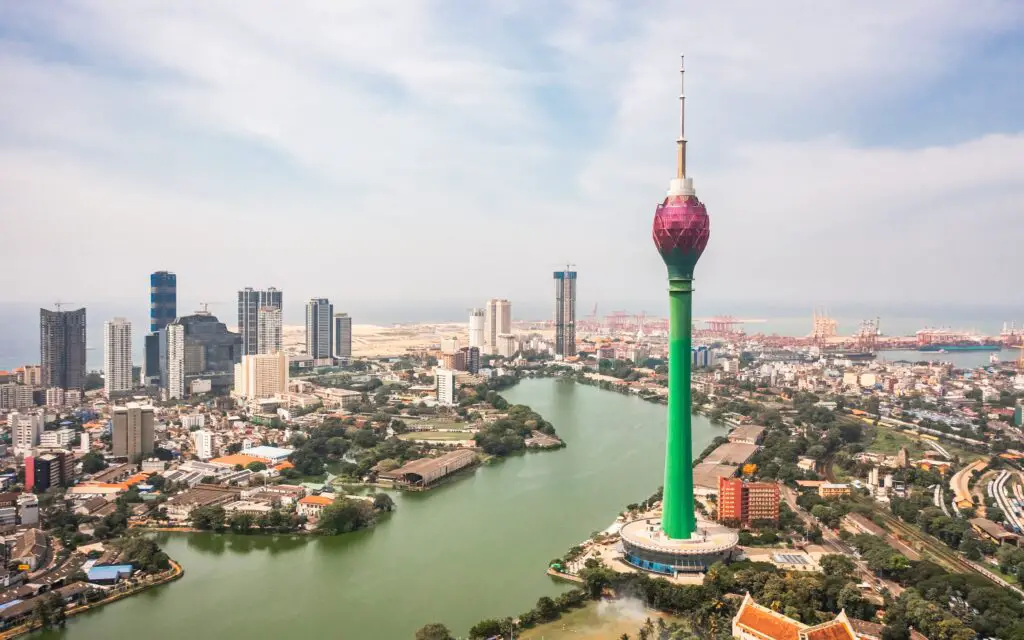
Ceylon was the name given to this island nation by European colonizers, but in 1972, the country decided to reclaim its identity by officially becoming Sri Lanka. The name “Sri Lanka” has deep roots in Sanskrit, meaning “resplendent island,” reflecting national pride and a return to its heritage. The shift came as the country cut its last remaining colonial ties, moving away from British influence. While the change was widely embraced, it didn’t instantly solve the country’s ethnic tensions, particularly between the Sinhalese majority and the Tamil minority shares Britannica.
The name change also marked Sri Lanka’s transition from a dominion to a republic, reinforcing its sovereignty. However, the change wasn’t just about the past—it was about shaping a new national identity for the future. Even today, the old name lingers in products like Ceylon tea, a reminder of the country’s colonial history. But Sri Lankans take pride in their modern identity, embracing their culture beyond what was imposed by foreign rulers.
2. Burma → Myanmar
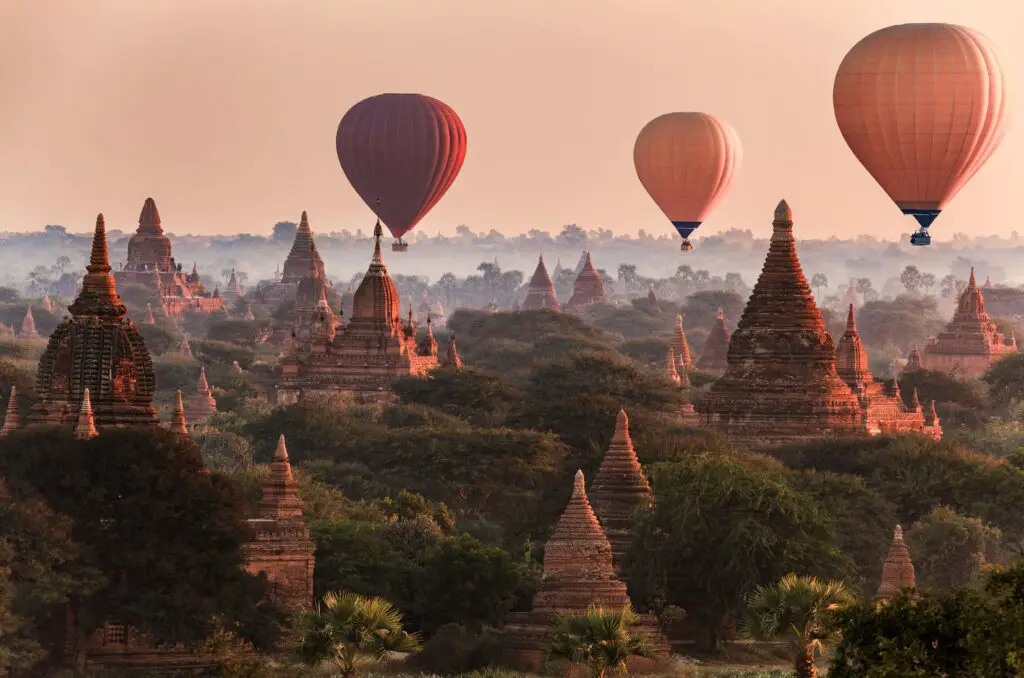
Burma officially became Myanmar in 1989, a decision made by the country’s military government. The leaders claimed the change was necessary to better represent all ethnic groups, as “Burma” was associated primarily with the Burman majority. However, not everyone was on board—the change was imposed without a vote, and many dissidents continued using “Burma” in protest. Countries like the U.S. and U.K. resisted the name change for years, refusing to recognize the ruling regime says Wikipedia.
Over time, international acceptance grew, though debates over the name still pop up in political discussions. Myanmar’s name change reflected more than just linguistics; it revealed deep divides over identity, governance, and history. Even within the country, people still use both names depending on their perspective. Despite the government’s intentions, the name change remains a symbol of Myanmar’s ongoing struggle for democracy and representation adds the Times of India.
3. Siam → Thailand
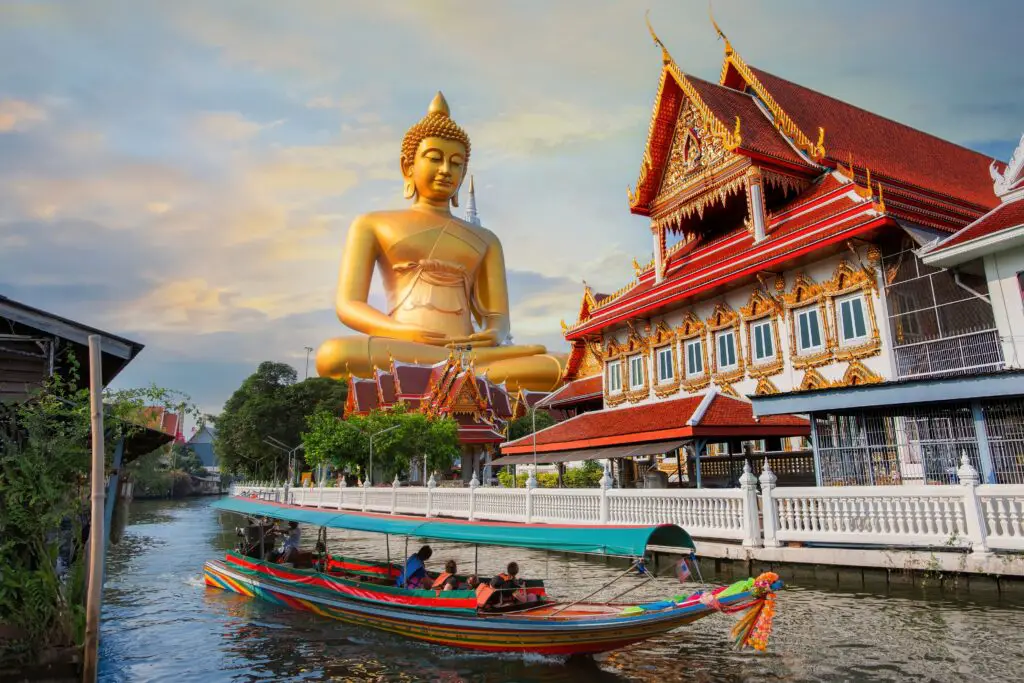
Thailand’s shift from Siam in 1939 (and briefly back in 1945 before settling on Thailand again in 1949) was all about national identity. The new name means “Land of the Free,” a point of pride for a country that was never colonized by European powers. The change was spearheaded by a government eager to promote nationalism and unity. It also emphasized the dominance of the Thai ethnic group, though the country is home to many other communities shares Tom Pepinsky.
The rebranding wasn’t just about the past—it was also about shaping the future. By adopting Thailand, the country positioned itself as a modern nation-state, distinct from its historical kingdom identity. While most embraced the name, some still refer to Siam nostalgically, particularly in cultural or historical contexts. The name change highlighted the country’s desire to be seen as strong, independent, and forward-thinking.
4. Persia → Iran
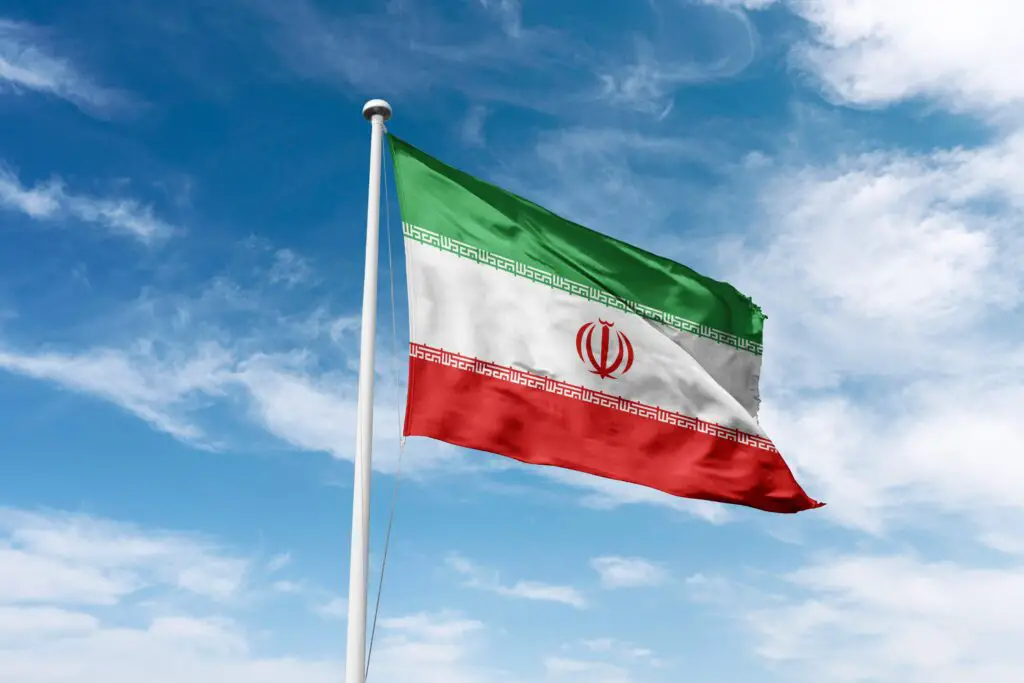
In 1935, Persia officially became Iran at the request of its government, led by Reza Shah. The goal was to signal a stronger national identity that aligned with the country’s pre-Islamic heritage. “Iran” comes from the term “Land of the Aryans,” emphasizing its deep historical roots. The shift was also a diplomatic move, encouraging international recognition of the country by its native name. However, not everyone was thrilled—many Persians felt a loss of cultural identity, particularly in the West, where Persia was synonymous with a rich and ancient history.
Even today, some Iranians prefer “Persia” when discussing cultural aspects, especially in art, literature, and food. The name change revealed a country in transition, balancing its modern identity with its deep historical legacy. It also underscored the influence of nationalism in shaping how a country presents itself to the world. While Iran has fully embraced its name, the legacy of Persia remains an enduring symbol of its civilization.
5. Rhodesia → Zimbabwe
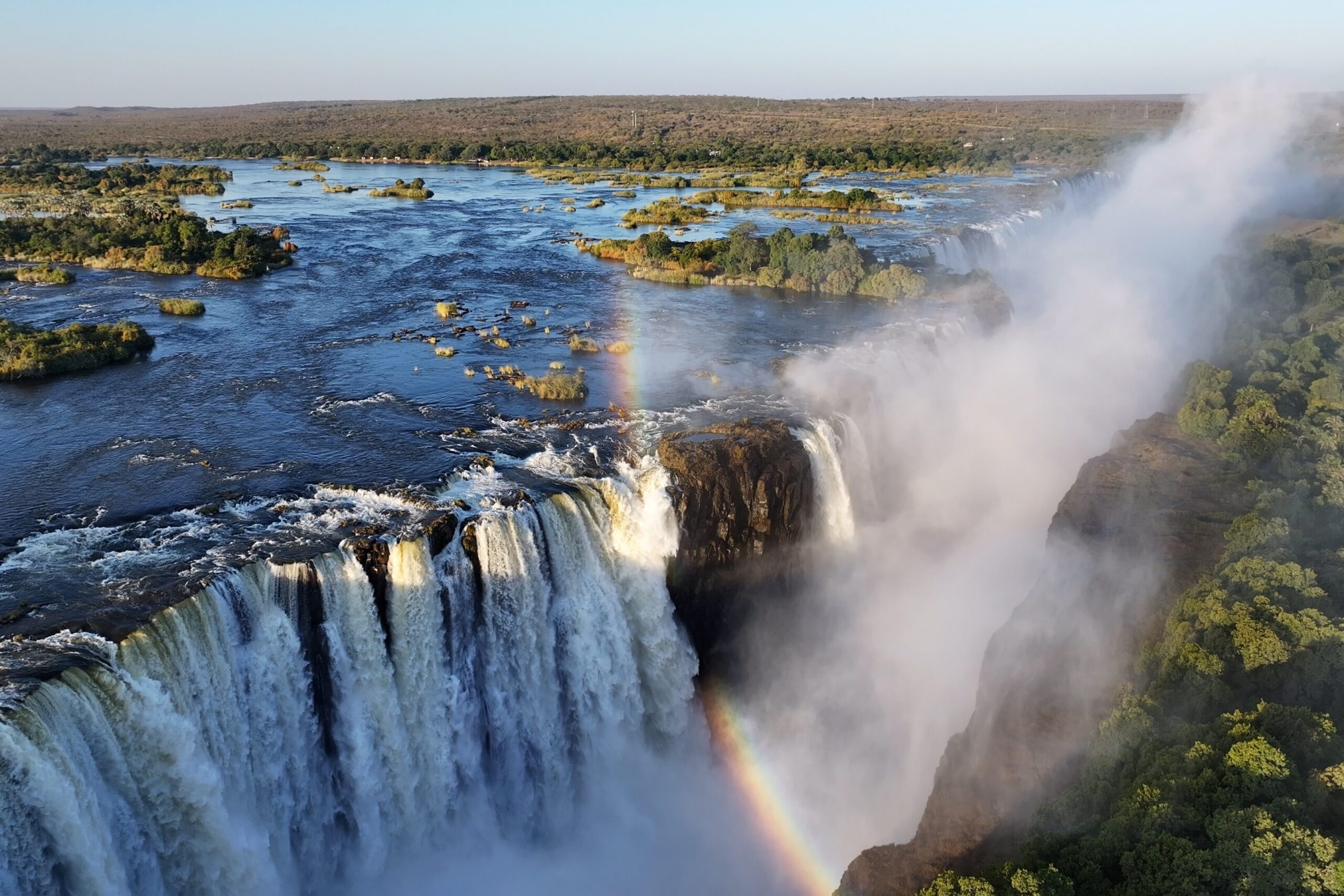
When Rhodesia became Zimbabwe in 1980, it marked the end of white minority rule and the beginning of majority-led independence. The name “Rhodesia” came from British colonizer Cecil Rhodes, making it a painful reminder of colonial oppression. By adopting Zimbabwe, derived from Great Zimbabwe, an ancient African city, the country reclaimed its heritage. The change was more than symbolic—it reflected a national movement toward self-determination.
The transition wasn’t without its struggles, as Zimbabwe faced economic and political turmoil in the decades that followed. However, the name change remains a powerful statement of independence and cultural pride. It signaled the rejection of colonial rule and a commitment to forging a new identity. Even with its challenges, Zimbabwe’s name embodies the resilience of its people and their aspirations for the future.
6. East Pakistan → Bangladesh
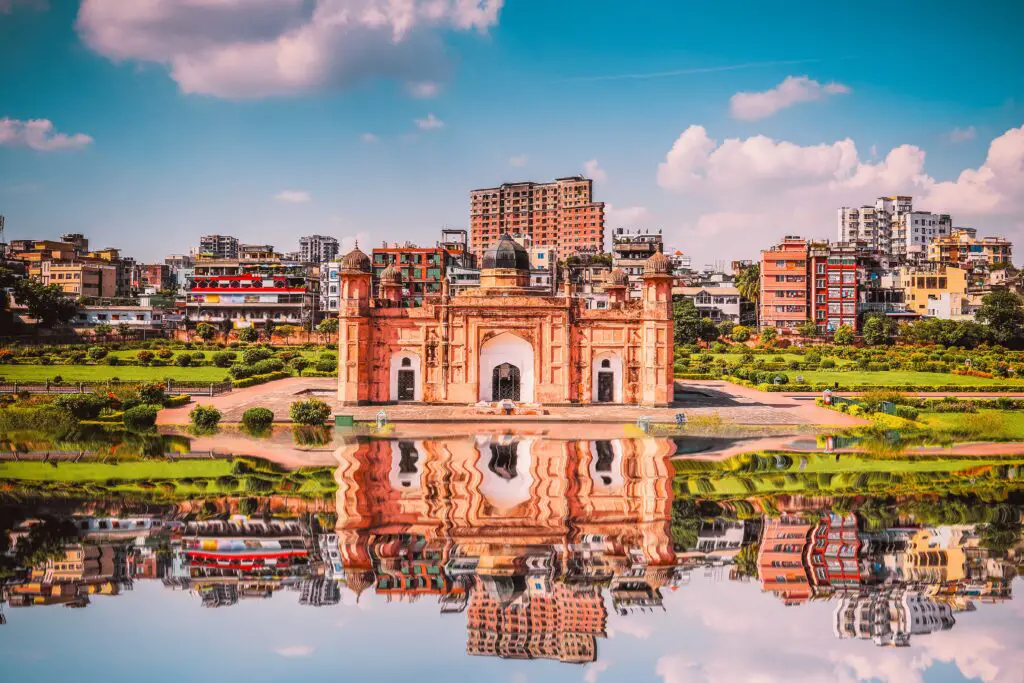
In 1971, East Pakistan became Bangladesh after a brutal war for independence. The name change wasn’t just about branding—it was about breaking free from West Pakistan’s control. “Bangladesh” means “Land of Bengal,” directly tying the new nation to its Bengali heritage. The shift reflected a long-standing cultural and linguistic struggle, as the people of East Pakistan had been denied recognition of their language and identity.
The name change signified a new chapter, one built on the sacrifices made during the war. Despite facing economic hardships in its early years, Bangladesh has grown into a thriving country. The name now represents resilience, progress, and a strong national identity. While the scars of the past remain, the people of Bangladesh take pride in their hard-fought independence.
7. Zaire → Democratic Republic of the Congo
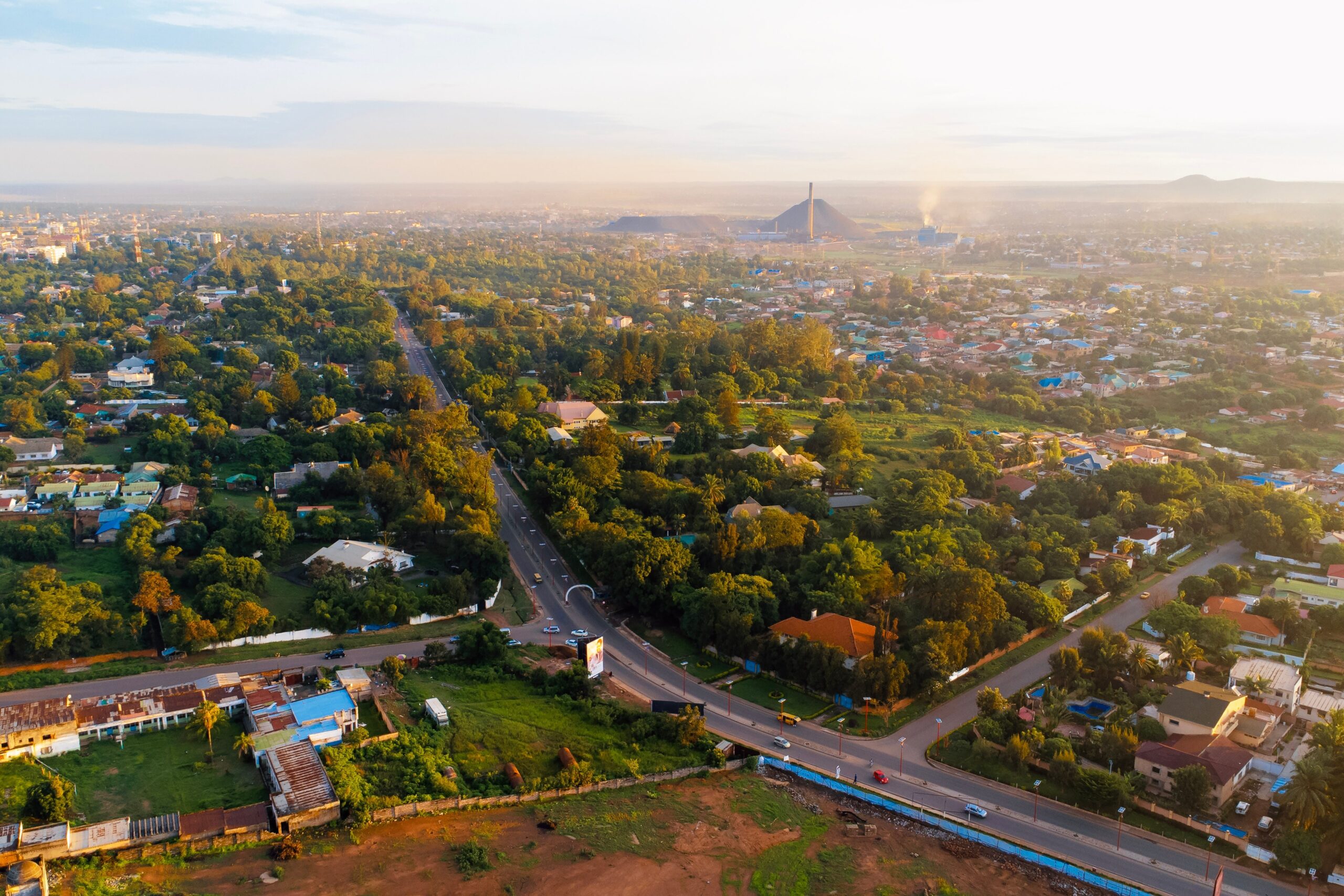
From 1971 to 1997, the Democratic Republic of the Congo was known as Zaire, a name imposed by dictator Mobutu Sese Seko. The name change was part of his push for “authenticity,” meant to erase colonial influences. However, the name Zaire itself came from a Portuguese misinterpretation of a local word, making it ironic. After Mobutu was overthrown, the country reverted to its original name, reclaiming its historical identity.
The shift back to the Democratic Republic of the Congo symbolized a rejection of dictatorship and an attempt to stabilize the nation. While the country still faces political and economic struggles, the name reflects a broader history beyond Mobutu’s rule. Many saw the change as a way to reconnect with the country’s pre-colonial past. Even with its challenges, the DRC continues striving toward a more democratic future.
8. Dahomey → Benin
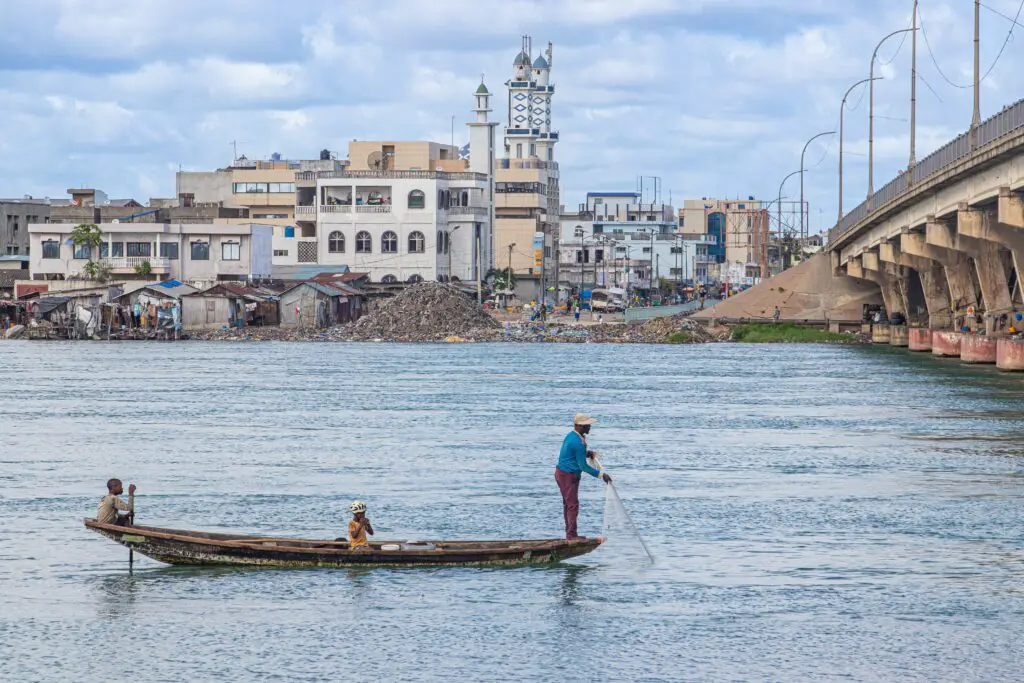
In 1975, the West African nation of Dahomey became Benin, a nod to the ancient Benin Empire. The change aimed to unify the country, as Dahomey was linked to only one ethnic group. Benin, on the other hand, reflected a broader heritage, connecting the nation to a powerful pre-colonial civilization. The move was also meant to distance the country from its colonial past under French rule.
The renaming reflected a desire to forge a cohesive national identity in a diverse country. While it didn’t solve all ethnic divisions, it helped foster a sense of shared history. The choice of Benin also highlighted Africa’s rich past, something often overshadowed by colonial narratives. Today, Benin is known for its vibrant culture, with its name standing as a symbol of unity and historical pride.
9. Czechoslovakia → Czech Republic and Slovakia
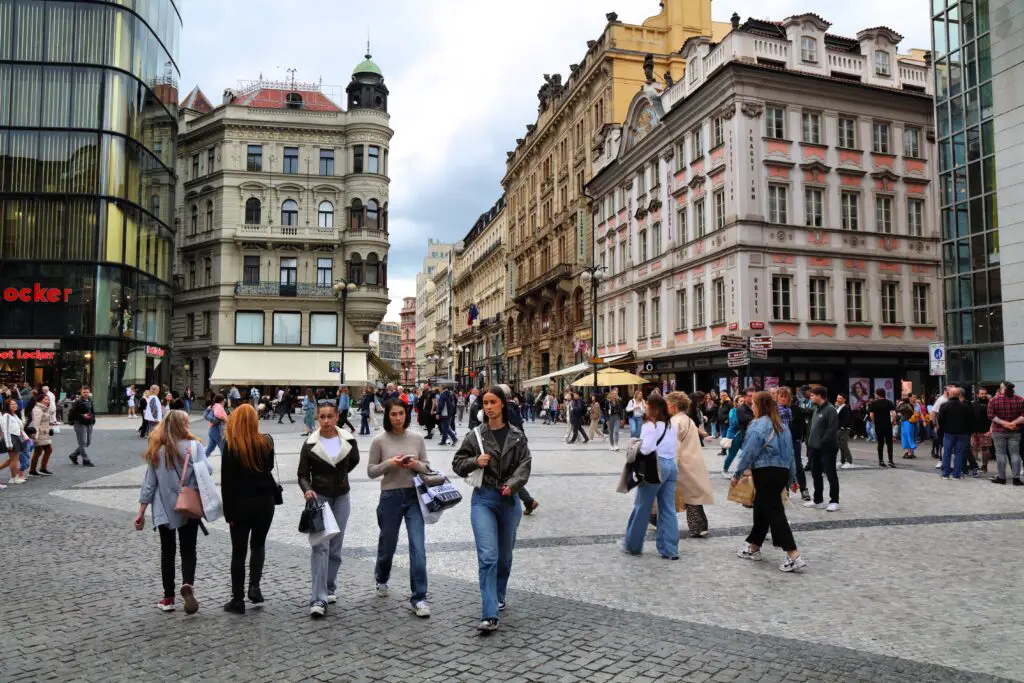
In 1993, Czechoslovakia peacefully split into two nations: the Czech Republic and Slovakia. The name change revealed growing national distinctions between the two ethnic groups. While they had coexisted under one state, historical and political differences made separation seem like the best path forward. Unlike many other name changes, this one came with little conflict, earning the nickname “The Velvet Divorce.”
Both countries embraced their new identities, each focusing on its cultural and economic development. The Czech Republic later rebranded as Czechia in 2016, though many still use the full name. Slovakia, on the other hand, has remained consistent in its identity. The split highlighted the natural evolution of national identities and how peaceful change is possible when done cooperatively.
10. Upper Volta → Burkina Faso
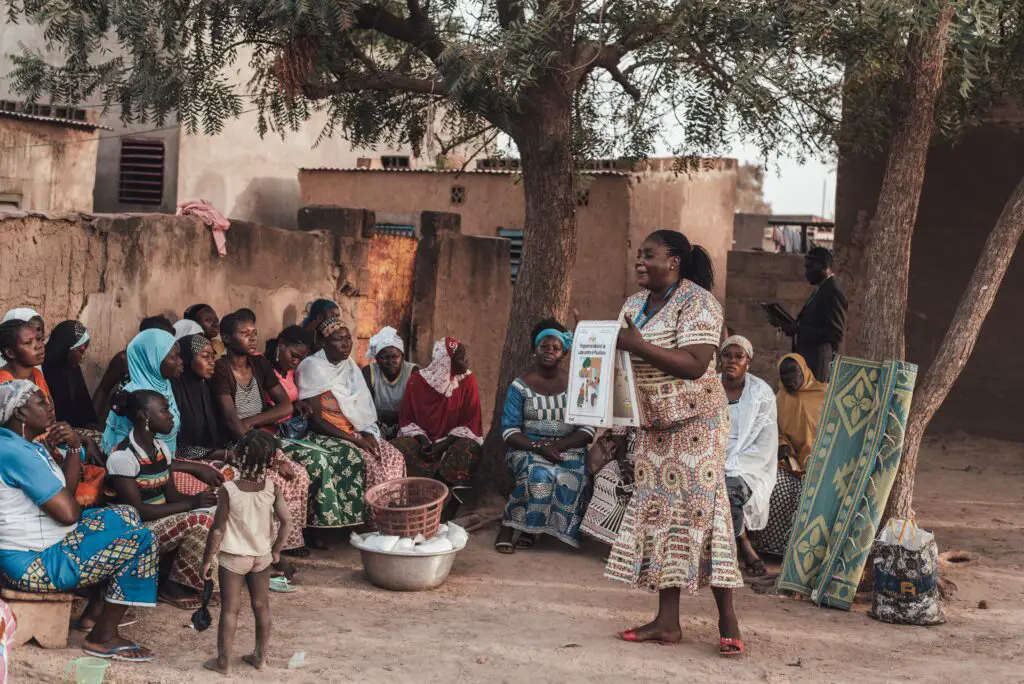
In 1984, the West African nation of Upper Volta changed its name to Burkina Faso under the leadership of Thomas Sankara. The old name was a colonial leftover from French rule, referencing the Volta River rather than the people. The new name, Burkina Faso, means “Land of Honest People” in local languages, symbolizing national pride and integrity. Sankara, known for his revolutionary policies, wanted a name that reflected the country’s identity beyond its colonial past.
The change was part of a larger effort to instill self-reliance and dignity among Burkinabés. It wasn’t just about a new name but a shift in mindset, encouraging the nation to embrace its roots and reject foreign dominance. Though Sankara’s government was short-lived, his influence remains strong in Burkina Faso’s national consciousness. The name continues to serve as a reminder of the country’s resilience and aspirations for justice and unity.
11. Holland → The Netherlands
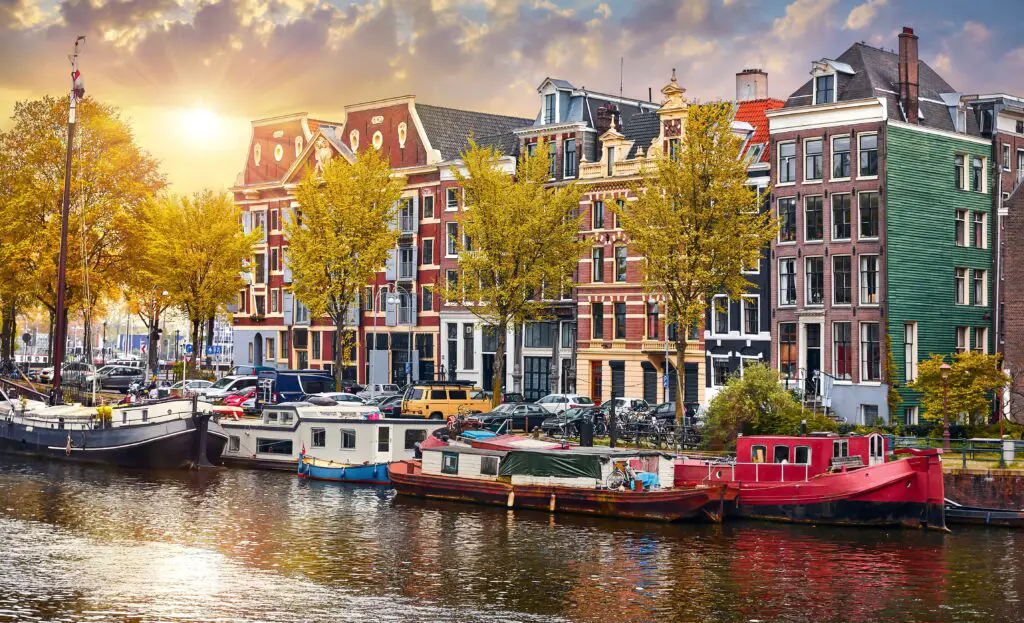
For years, people used “Holland” interchangeably with “The Netherlands,” even though Holland referred only to two provinces. In 2020, the Dutch government officially moved away from the name Holland, emphasizing that The Netherlands was the correct term. The rebrand was part of a global marketing shift, encouraging a more accurate representation of the country. Holland had been associated mainly with tourism, particularly Amsterdam, but The Netherlands encompasses all 12 provinces.
The change reflected the country’s desire to present itself as more than just tulips, canals, and windmills. It was also an effort to move beyond outdated stereotypes and highlight the country’s role in business, innovation, and global diplomacy. While many people still casually say “Holland,” the official shift helped reinforce national unity. The Netherlands’ decision shows how even small name changes can shape international perception.
12. Macedonia → North Macedonia
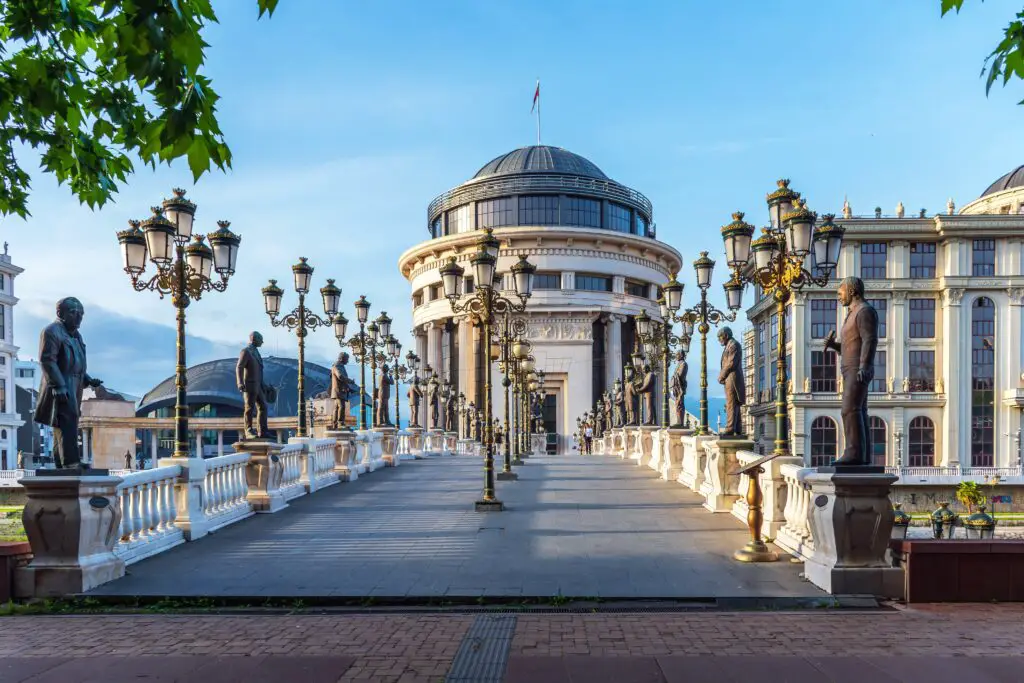
For decades, Macedonia’s name was a source of international tension, particularly with Greece. Greece argued that the name implied a claim to its northern region of the same name, which has deep historical ties to figures like Alexander the Great. After years of disputes, the country agreed in 2019 to become North Macedonia under the Prespa Agreement. The compromise allowed the nation to move forward with its goal of joining NATO and the European Union.
The name change revealed how history and identity are deeply intertwined in politics. While some Macedonians were resistant, others saw it as a necessary step for progress. The shift eased tensions with Greece, allowing for better diplomatic relations. Despite the controversy, North Macedonia now stands as an example of how a country can balance heritage with the need for international cooperation.
